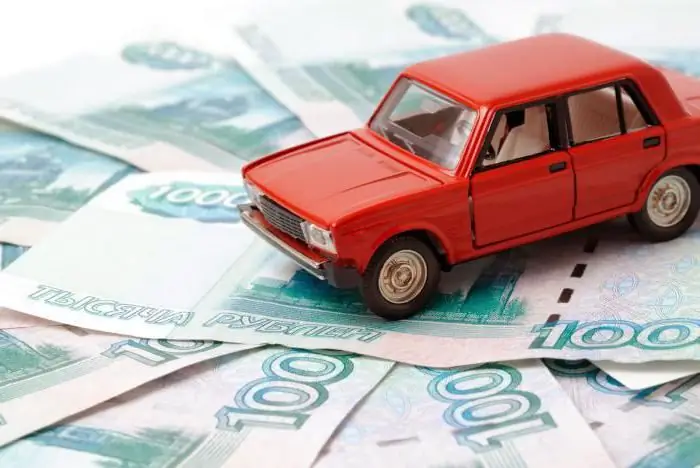2025 Author: Howard Calhoun | [email protected]. Last modified: 2025-06-01 07:12:56
Rail transport is an important part of the economy of any country. It accounts for almost half of all transported goods. This is one of the safest ways to transport large volumes of cargo. Almost any type and volume of cargo is transported by rail, including bulk, liquid and oversized. For these purposes, there are various types and sizes of railway cars. The main disadvantage of railway transportation is the attachment to certain routes. In many ways, the cost of transporting a unit of cargo depends on the volume of a railway car.

Covered wagons
The purpose of covered wagons is the transportation of piece goods (household goods, household appliances, clothing, furniture, etc.) and a wide range of grains that need protection from atmospheric precipitation and mechanical damage. Covered wagons are equipped with hatches and doors to facilitate the process of loading and unloading. The volume of the covered railway car of the standard 4-axle model 11-066 is 86.4 m3 to the level of hatches and 120.15 m3 - fullvolume including the roof with overall dimensions (L x W x H) in mm: 13800 x 2760 x 2791. The carrying capacity of such cars is 68 tons. For the transport of special goods, such as animals, birds, there are specialized box cars with the necessary additional equipment.
Covered hopper cars are designed to transport any bulk cargo. These are covered bunker-type wagons made in the form of a funnel. Loading is carried out from above, unloading - from below, through special hatches at the bottom, which are called "hoppers". The internal volume of the railway hopper car is 93 m3. Cars of this type are ideal for transporting cement, soot, grain.

Railway Gondola Cars
Railway gondola cars are designed to transport goods that do not require protection from atmospheric influences: vehicles, equipment and machinery, bulk and bulk cargo. Gondola - a railway platform with sides, but without a roof. The absence of a roof greatly facilitates loading and unloading, which, depending on the load, can be carried out by wagon dumpers. The volume of a railway car of this type is 75 m3 with a carrying capacity of 69 tons. In modern railway transportation, gondola cars with six and eight axles with a carrying capacity of 95 tons and 125 tons, respectively, are also used. The design of gondola cars can be different: straight blank walls, sloping walls, a flat floor with unloading hatches, without them, with hatches on the sides. Also used for bulk cargoself-unloading gondola hopper cars.

Isothermal and refrigerated cars
Railway covered wagons designed for the transportation of perishable goods requiring temperature control (meat, fish, fruit, etc.) - isothermal or refrigerated wagons. The volume of a refrigerated railway car, depending on the model, ranges from 75 to 130 m3. To maintain the required temperature, the body of insulated wagons is sheathed with special thermal insulation. Refrigerated cars are equipped with refrigeration units, with the help of which the required temperature regime is maintained.
Recommended:
How to return car loan insurance? Is life insurance required for a car loan?

When applying for a car loan, banks require borrowers to obtain life insurance and comprehensive insurance. But there are several options that allow you to refuse such policies by receiving the required amount of funds from the insurance company
Railway station. RZD: map. Railway stations and nodes

Railway stations and junctions are complex technological facilities. These elements form a single track network. Later in the article we will consider these concepts in more detail
Defects of rails and their classification. Rail defect designation structure

Currently, people are actively using the railway. Delivery of various types of cargo by this route is the main type of transportation. However, due to the large weight of the trains themselves, as well as the cargo they carry, there is a strong pressure on the rails. Defects in these objects are a fairly common occurrence, which must be eliminated immediately
How to calculate the volume of cargo and how to choose a car for transportation?

In this article we will tell you how to calculate the volume of cargo for the correct selection of the mode of transport. This is the most frequently asked question in shipping. It affects the most important thing - finances
Transport taxes in Kazakhstan. How to check transport tax in Kazakhstan? Deadlines for paying transport tax in Kazakhstan

Tax liability is a huge problem for many citizens. And they are not always resolved quickly. What can be said about the transport tax in Kazakhstan? What it is? What is the procedure for paying it?

